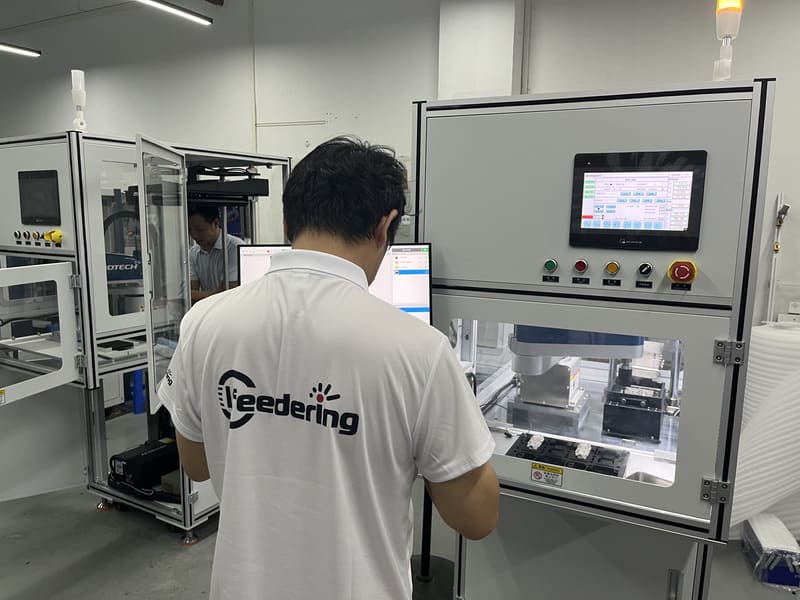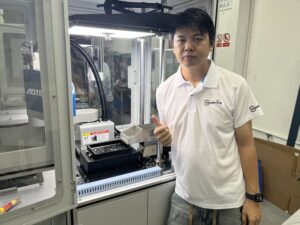Flexible feeders are automated systems that are made to make the production process easier. They can feed, align, and transport parts to a production line. Many different industries use these systems. They have sensors that can tell when parts are ready to be fed and take them to the next step in the process. These systems can handle all kinds of parts, big or small. They are also easy to set up and can be changed or adjusted in real time.

What is Flexible Feeder Technology?
Definition
Flexible Feeder technology is a system that uses smart software and advanced robots to put parts into assembly processes. It can handle many different parts of various sizes and shapes, so it can easily adapt to different manufacturing requirements.

How does it work?
The system has a tray or bowl that holds the parts and a robotic arm with sensors. The sensors make sure the parts are placed correctly. The robotic arm moves the parts from the tray to where they need to go. This could be a conveyor belt or assembly line.
Benefits of Flexible Feeder Technology
Increased Efficiency
- Flexible Feeder technology eliminates the need for manual feeding, reducing human error and increasing overall efficiency.
- The system can handle a high volume of parts in a short amount of time, improving production speed and throughput.
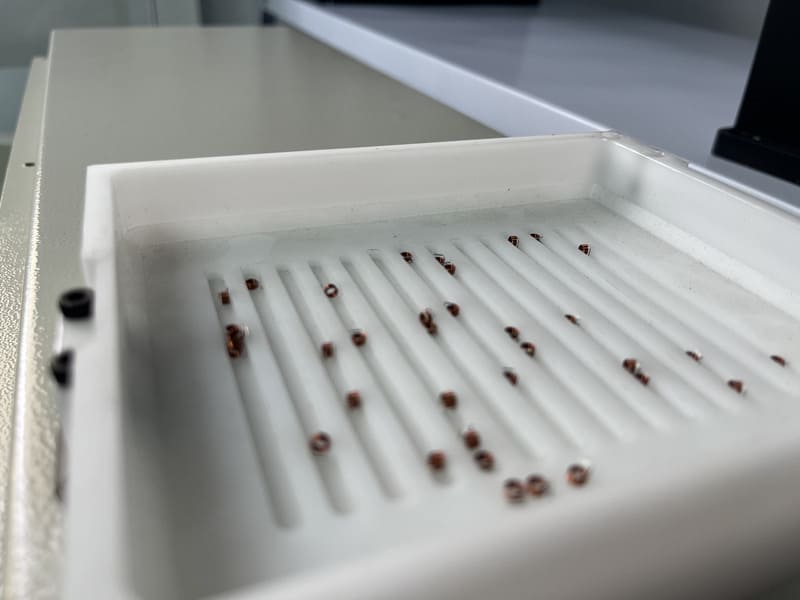
Improved Flexibility
- Traditional feeding systems often require custom tooling and setup for each part, limiting flexibility and adaptability.
- Flexible Feeder technology can handle a wide range of parts without the need for extensive retooling, allowing for quick changeovers and increased flexibility in production.
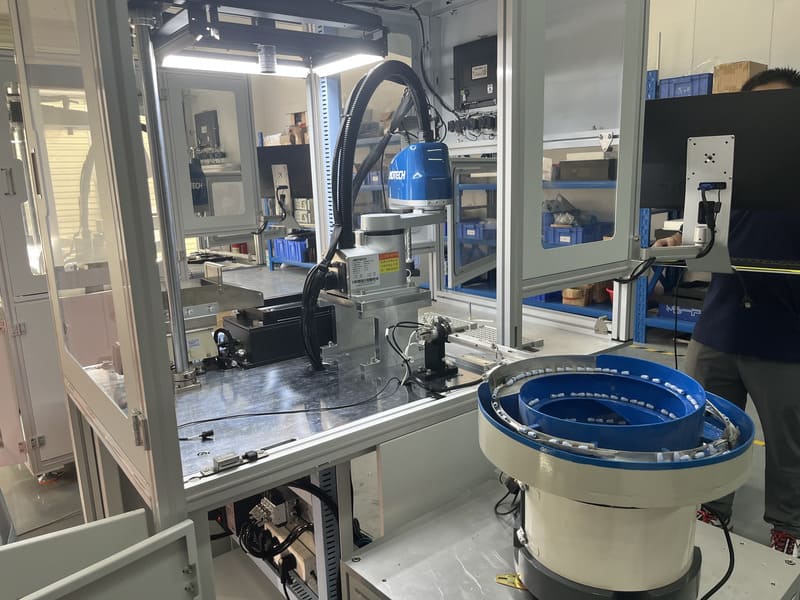
Enhanced Accuracy and Precision
- The vision systems and sensors in Flexible Feeder technology ensure accurate and precise feeding, reducing the risk of misalignment or errors in assembly processes.
- This leads to improved product quality and reduces the need for rework or scrap.
Applications of Flexible Feeder Technology
Automotive Industry
- Flexible Feeder technology is widely used in the automotive industry for feeding parts such as screws, nuts, and bolts into assembly processes.
- It improves efficiency and flexibility in automotive manufacturing, where quick changeovers and high precision are crucial.
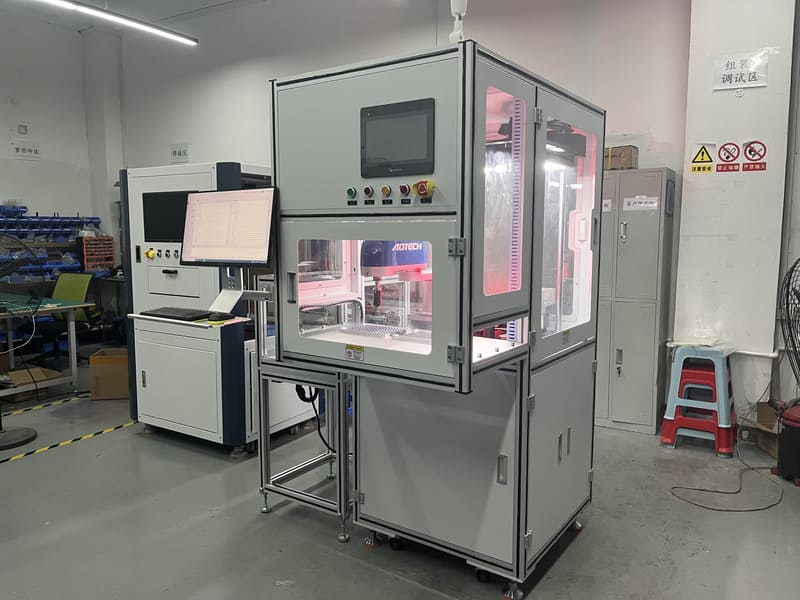
Electronics Industry
- In the electronics industry, Flexible Feeder technology is used for feeding components like resistors, capacitors, and connectors into circuit board assembly processes.
- It enables faster production cycles and reduces the risk of damage to delicate electronic components.

Conclusion
Flexible Feeder technology is an excellent solution for modern manufacturing needs. It can handle many different parts, and improve efficiency, flexibility, and accuracy. This makes it valuable for many industries. By using Flexible Feeder technology, manufacturers can make their production processes simpler, save money, and give their customers high-quality products.

